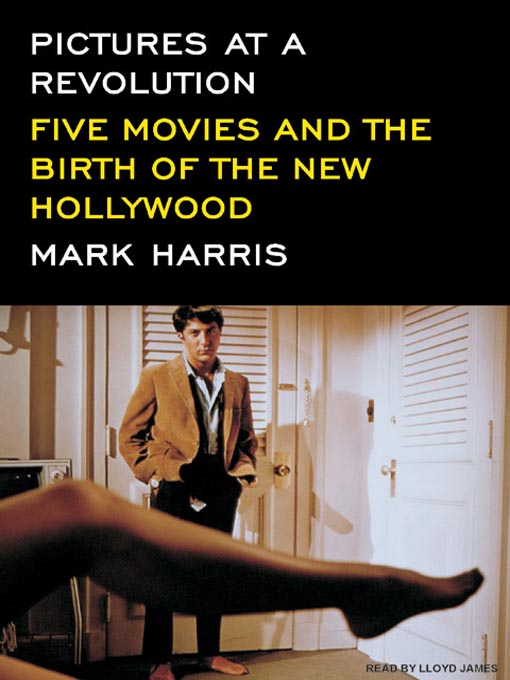- New eBook additions
- New kids additions
- New teen additions
- Available now
- Most popular
- Try something different
- See all
- New audiobook additions
- Available now
- Quick reads for your ears!
- New kids additions
- New teen additions
- Most popular
- Try something different
- Fam Time: Audiobooks for the Whole Family
- Listen Up: Great Narrators
- See all
- Magazines are Here....Check 'em Out!
- Spanish-language Magazines
- Let's Get Cooking!
- News and Politics
- Magazines for Kids & Teens
- See all


